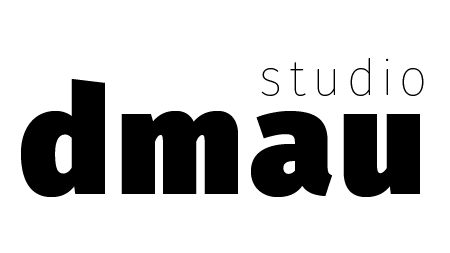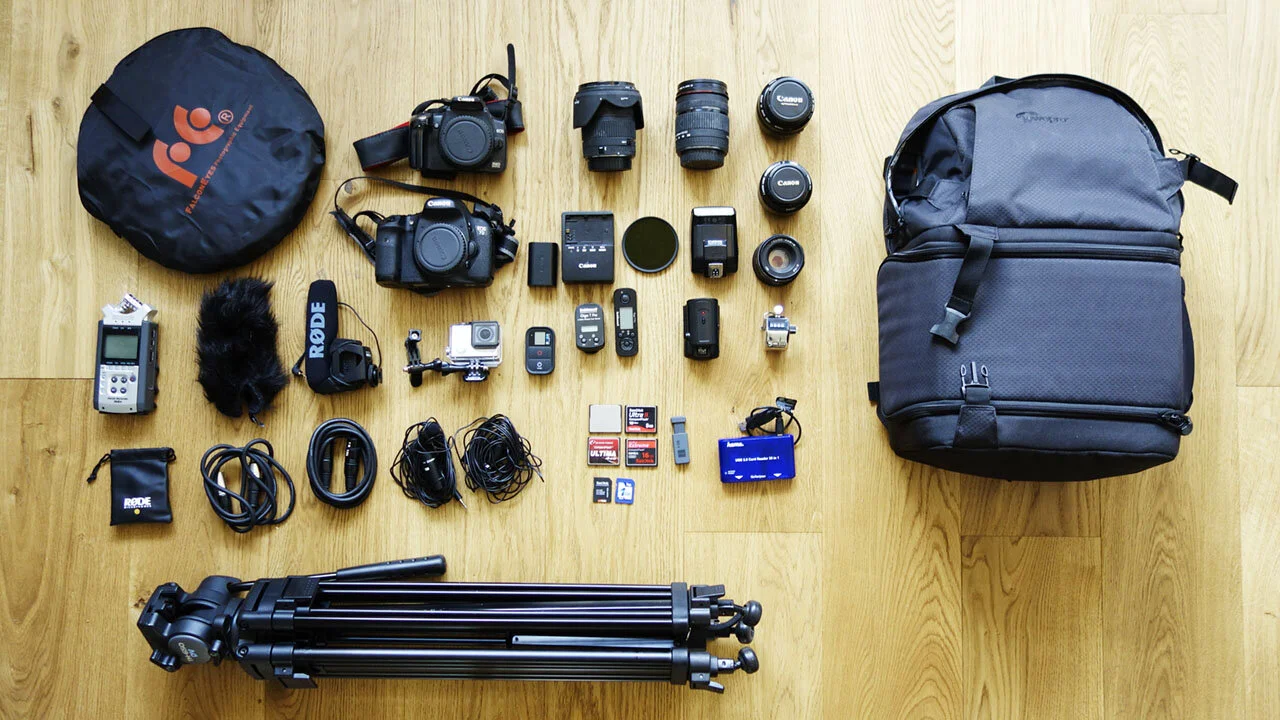Working Methods
Here I have distilled from the wider research a number of different approaches as to how documentary practise could be integrated into urban research and design projects. I have created different project scenarios based on different urban scales, the neighbourhood, the city region and wider urban research based around a topic.
Using participatory documentary as a catalyst within a neighbourhood
How could participatory documentary work within a neighbourhood level project? Here is an example outline of how a documentary project could be developed with a community:
The documentary process is used as a catalyst to begin a discussion within the neighbourhood. This could be initiated with a short film about the neighbourhood.
Media training workshops can promote community participation in the documentary process
A number of workshops can be developed that address different themes affecting the neighbourhood
The discussions as well as individual interviews are recorded alongside individuals submitting their own media
Interim screenings replay the footage to the community. Everyone is given an equal voice on the screen
Concerns are heard and topics that need to be addressed come to the fore
These issues are addressed and further documented, this could lead to the creation of physical interventions as solutions or organising actions within the group to address the issues
The results of the process can be presented to a wider audience, empowering the community, amplifying their voice.
By following such steps a community process could be set in motion, this differs greatly from both a traditional filmmaking and a community planning approach but using the camera in a community discussion can bring a new dynamic to the situation. The camera and media training can provide the community with a new way of looking at their familiar surroundings, the wider audience provides the motivation to tell their story and find solutions.
Using interactive documentary to develop a city scale narrative
How could interactive documentary work and address this larger context? Here is an example outline
Across a wider city region a singular themed narrative or multiple different narratives are documented
A number of short stories or personal portraits are made
The narrative could be widened with an open call for people to participate and include archive footage
A map of the city region is created as an interactive interface where the different elements are brought together
Presented to a wider audience via a web platform
Here documentary maker must act as both a creator and curator of content. Bringing together different individual stories that add up to create a bigger narrative.
Using participatory documentary within a larger urban research project
How could participatory documentary work in this context? Here is an example outline for a global research project.
A common narrative is derived from the research that can tell the bigger story from a personal standpoint
A number of short stories or personal portraits are made
The narrative is widened with an open call for people to participate
The personal stories and open call are linked with the wider research
An interactive documentary can bring the different elements together
Here documentary maker must act as both a creator and curator of content. Bringing different stories together to highlight the human element often lacking in urban research. However these personal stories are often the most effective way of communicating bigger issues to a wider audience.
The role of the filmmaker
So what is the role of the filmmaker in this new context? Working outside of their traditional boundaries. Here I have borrowed and adapted Katerina Cizek’s filmmaker in residence manifesto:
The filmmaker’s role is to experiment and adapt documentary forms to the original idea. Break stereotypes. Push the boundaries of what documentary means.
Ideas should be developed in tandem with the community and other parties involved
Use documentary and media to “participate” rather than just to observe and to record. Filmmaker-in-Residence is not an A/V or a PR department.
Work closely with the community partner, but respect each other’s expertise and independence.
Use whatever medium suits – video, photography, just pen and paper. It can all be documentary.
The social and political goals – and the process itself — are paramount. Ask yourself every day: why are you doing this project?
Always tell a good story.
Track the process, the results and spend time disseminating what you’ve learned with multiple communities: professionals, academics, filmmakers, media, general public, advocates, critics and students.
This is part of the bigger research project entitled Participatory Documentary [and the city] carried out by dmau with support from the Dutch Creative Industry Funds


